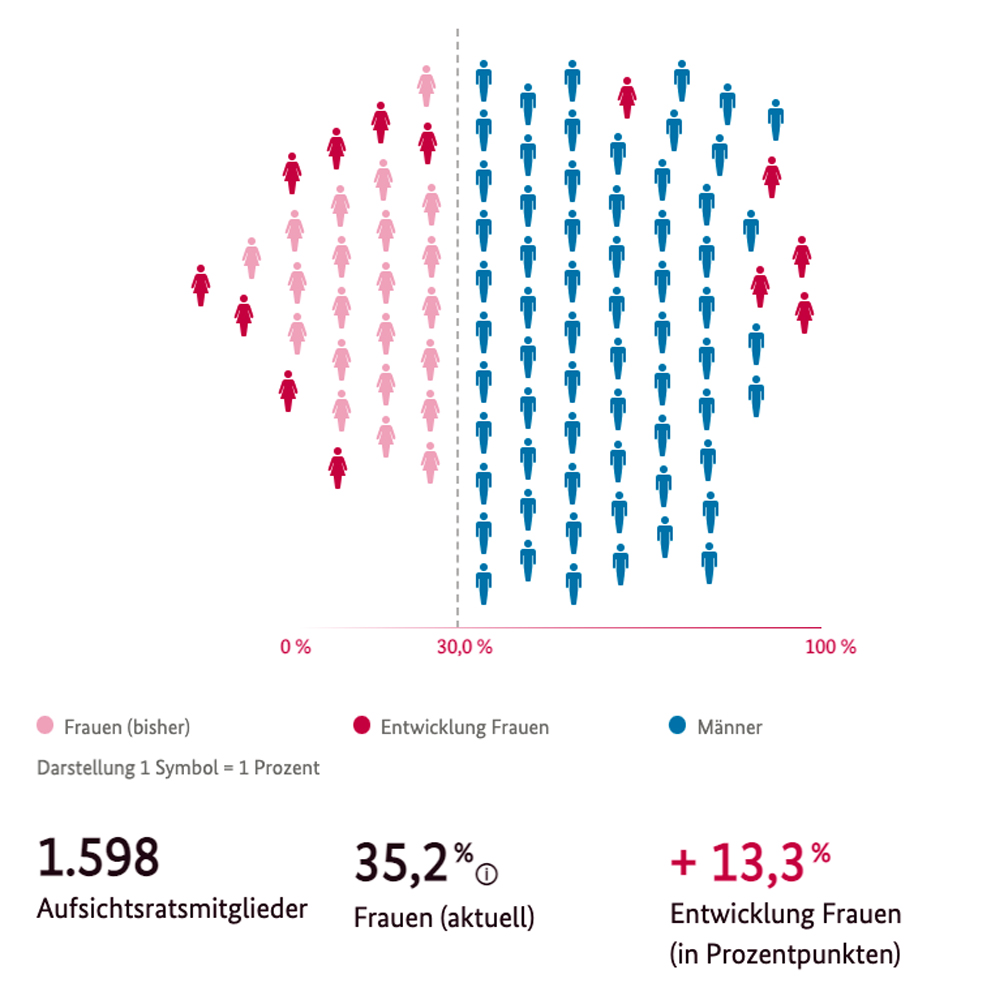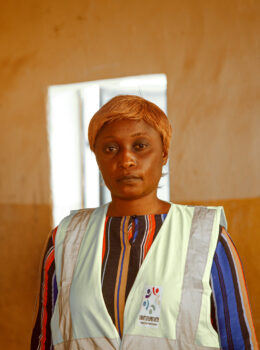Women In Leadership Stalling and Falling
In 2015, Germany instituted the Act on Equal Participation of Women and Men in Leadership Positions in the Private and the Public Sector (FüPoG). It was intended to encourage companies and public institutions to do more to ensure equal participation of women and men.
In the last seven years, the percentage of women in managerial positions in government and the private sector has stalled in Germany. The Parliament, for example, has seen a decline in women’s representation from 36% in 2013-2017 to 31% in the 2018-2021 legislative period.
Pushing forward Monitoring and Discourse
Following the institution of FüPoG, Germany’s 2017-2019 action plan included a commitment to conduct regular polls of the share of men and women in leadership positions in the private sector and public services. This was a means of monitoring the implementation of FüPoG, and how well public and private institutions are adhering to its requirements. The aim was to use an analysis of how effective FüPoG had been to increase public awareness of gender equality in leadership positions.
Another component of the commitment was the larger ambition of affecting change in corporate culture over the long term, to ensure equal participation in leadership positions. The path to achieving this is by giving the topic greater prominence in public discourse, leveraging public opinion and pressure to encourage companies to do more to secure equal participation of women and men.

Screenshot of an interactive graphic that displays the proportion of women and men in private leadership positions in Germany. | Credit: Germany’s Federal Ministry for Family Affairs, Senior Citizens, Women and Youth (BMFSFJ)
Insufficient Improvements Inspires Updated FüPoG
The implementation of this commitment set out a number of detailed monitoring and publication activities to improve transparency and spread awareness, and to push for targeted remedies for persistent gender asymmetries.
The data collected was brought together in an online platform that presents up-to-date information in a visually engaging way. This allows the public to see how well FüPoG is being enacted and raise awareness of areas in which its enactment is falling short. By working together, government officials and civil society organizations are generating more visibility and awareness for gender parity issues.
The implementation of this commitment has provided a better empirical picture of gender disparities across a number of government departments and private sector organizations, presented in ways that are accessible and user-friendly. The idea is that this can assist targeted policy reform.
So far this improved transparency hasn’t yet translated into consistent and sufficiently fast progress in narrowing the gender gap in the German administration. While a rise of the share of women in ministerial positions is a positive sign (+5 percentage points from 35% in 2015 to 40% in 2019), there was a decline in the share of women at the deputy minister level to only 18% across ministries. There was also a decline in the share of women in federal parliament (-5 percentage points from 35% in 2015 to 30% in 2019). Greater representation by gender thus remains an ongoing project. In the private sector the share of women in management positions has been rising and is now at 35.2%, an increase of 13.3% since 2015.
Germany’s Ministry for Families, Seniors, Women, and the Youth has responded to the limited successes of this push for equal gender representation by improving FüPoG with the development and enactment of FüPoG 2, which came into effect in August 2021. FüPoG 2 expands the criteria of the first act and includes binding requirements that certain minimums of gender representation are met.







